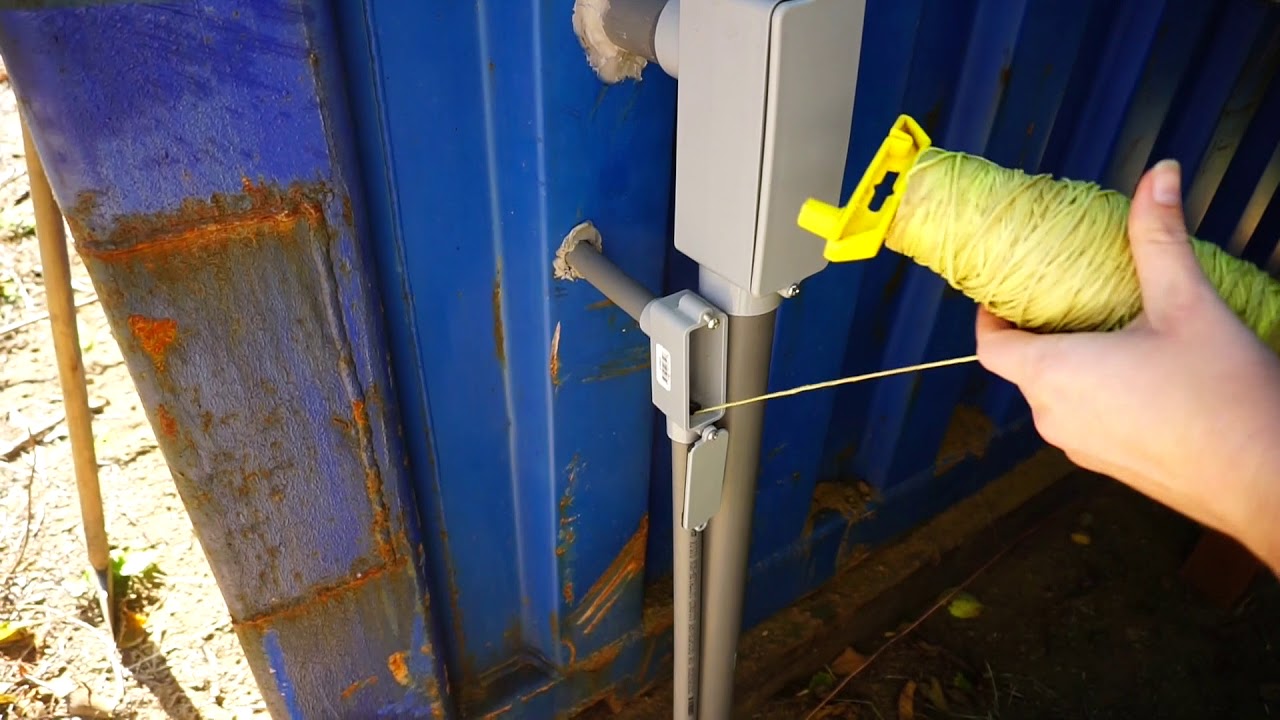

Articles
How To Fish Wire Through Conduit
Modified: January 6, 2024
Learn how to fish wire through conduit with our informative articles. Get step-by-step instructions and expert tips to make your electrical installations easier and more efficient.
(Many of the links in this article redirect to a specific reviewed product. Your purchase of these products through affiliate links helps to generate commission for Storables.com, at no extra cost. Learn more)
Introduction
Welcome to our comprehensive guide on how to fish wire through conduit. Whether you’re a professional electrician or a DIY enthusiast, knowing how to fish wire through conduit is an essential skill. It allows you to easily and safely route electrical wires or cables through walls, floors, or any other confined spaces.
Working with conduit helps protect the wires from damage and provides a neat and organized solution for running electrical installations. However, fishing wire through conduit can be a challenging task if you don’t know the proper techniques and tools to use. In this article, we will walk you through the step-by-step process of fishing wire through conduit, ensuring a successful and efficient installation.
Before we begin, it’s important to note that safety should always be your top priority when working with electrical systems. Make sure to turn off the power supply to the area where you’ll be working and take all necessary precautions to prevent accidents or injury.
Now let’s dive into the details of fishing wire through conduit and get you acquainted with the tools and techniques you’ll need for a successful installation.
Key Takeaways:
- Master the art of fishing wire through conduit by gathering the right tools, preparing the conduit, and navigating bends with patience. Prioritize safety and enjoy seamless electrical installations with this essential skill.
- Secure and label the wire, test the circuit, and tidy up for a professional finish. With practice, adaptability, and the right techniques, confidently tackle various electrical projects for safe and reliable installations.
Read more: How To Pull Wire Through Conduit
Step 1: Gather the necessary tools and materials
Before you begin fishing wire through conduit, it’s essential to gather all the necessary tools and materials. Having everything at hand will make the process smoother and more efficient. Here are some of the key items you’ll need:
- Fish Tape: This is a long, flexible metal tape that is used to guide the wire through the conduit. It typically comes in various lengths, so choose one that’s appropriate for the length of your conduit.
- Wire: Select the appropriate type and gauge of wire for your specific application. Make sure it’s long enough to reach the desired destination through the conduit.
- Conduit: Depending on your project, you may need either PVC or metal conduit. PVC is commonly used for residential applications, while metal conduit is more durable and suitable for commercial or outdoor installations.
- Conduit connectors: These fittings are used to connect sections of conduit together. They ensure a secure and tight fit.
- Wire lubricant: This is optional but can be helpful for feeding the wire through the conduit more smoothly. It reduces friction and makes the process much easier, especially for longer runs.
- Pliers or wire cutters: These tools will come in handy for trimming and securing the wire.
- Tape measure: Use a tape measure to accurately measure the length of the conduit and determine the length of wire needed.
- Safety gear: Always prioritize safety when working with electrical systems. Wear gloves, safety glasses, and any other necessary protective gear.
Take the time to gather these tools and materials before you start fishing wire through conduit. Being prepared will save you time and ensure a smoother installation process. Once you have all the necessary items, you’re ready to move on to the next step: preparing the conduit for wire fishing.
Step 2: Prepare the conduit for wire fishing
Now that you have gathered all the tools and materials, it’s time to prepare the conduit for wire fishing. Follow these steps to ensure the conduit is ready for a smooth wire installation:
- Clean and clear the conduit: Start by inspecting the conduit to ensure it’s clean and free from any debris or obstruction. Use a wire brush or a cloth to remove any dirt or residue that may hinder the wire from sliding through easily.
- Check the conduit size: Verify the size of the conduit to ensure it’s compatible with the wire you’ll be fishing. The wire should fit snugly inside the conduit without being too tight or too loose.
- Secure the conduit: If the conduit is not already secured in place, use appropriate mounting brackets, straps, or clamps to secure it to the surface. This will prevent the conduit from moving while fishing the wire through.
- Clear any obstructions: If there are any bends, elbows, or corners in the conduit, make sure they are free from any obstructions that could impede the wire’s progress. Use a conduit bending tool to adjust the conduit as necessary.
- Apply wire lubricant: Optional but highly recommended, applying a thin layer of wire lubricant on the inside of the conduit will reduce friction and make it easier to feed the wire through. Apply the lubricant according to the manufacturer’s instructions.
By following these steps, you will ensure that the conduit is in optimal condition for wire fishing. Taking the time to properly prepare the conduit will save you from potential frustrations and complications during the wire installation process. Once the conduit is ready, it’s time to move on to the next step: attaching the fish tape to the wire.
Step 3: Attach the fish tape to the wire
With the conduit prepared, it’s time to attach the fish tape to the wire. The fish tape will serve as a guide to help feed the wire through the conduit smoothly. Follow these steps to attach the fish tape:
- Measure and cut the wire: Measure the length of wire needed to run through the conduit, leaving a few extra feet at each end for easier handling. Using wire cutters, cut the wire to the desired length.
- Secure the wire to the fish tape: At one end of the wire, create a small loop by bending it back on itself. Secure the loop tightly to the end of the fish tape using electrical tape. Make sure it is firmly attached to prevent it from coming loose during the wire fishing process.
- Ensure a smooth connection: Take a moment to check that the connection between the wire and the fish tape is smooth and free from any sharp edges or protrusions. This will help prevent the wire from getting caught or damaged as it is pulled through the conduit.
- Verify the attachment: Give the wire a gentle tug to ensure it is securely attached to the fish tape. You don’t want it to come undone halfway through the fishing process.
Once you have successfully attached the fish tape to the wire, you’re ready to move on to the next step: feeding the fish tape through the conduit.
When fishing wire through conduit, use a lubricant to reduce friction and make the process easier. This can be a commercial wire-pulling lubricant or even a common household item like dish soap.
Step 4: Feed the fish tape through the conduit
Now that the fish tape is securely attached to the wire, it’s time to feed it through the conduit. This step requires patience and precision to ensure a smooth and successful wire installation. Follow these steps to feed the fish tape through the conduit:
- Locate the starting point: Identify the access point where you will begin feeding the fish tape into the conduit. This is typically where the wire will originate from or where you have the most convenient access.
- Gently push the fish tape into the conduit: Insert the fish tape into the conduit and start pushing it forward. Use a twisting motion while applying gentle pressure to help guide the fish tape through any bends or corners in the conduit. Take your time and avoid forcing the fish tape, as this can cause it to become tangled or jammed.
- Watch for the fish tape at the other end: As you feed the fish tape through the conduit, have someone at the other end of the conduit observe for its emergence. This will ensure that the fish tape is being fed in the correct direction and will help prevent any unnecessary detours or delays.
- Make adjustments as needed: If you encounter any resistance or if the fish tape gets stuck, backtrack slightly and reposition the fish tape to navigate through the obstacle. Flexing the conduit slightly or using a conduit bending tool may help in certain situations. Be patient and avoid rushing through the process.
Remember to work carefully and methodically as you feed the fish tape through the conduit. Taking the time to properly navigate any bends or obstacles will prevent unnecessary complications and ensure a successful wire fishing process. Once the fish tape has reached the end of the conduit, you can move on to the next step: pulling the wire through.
Step 5: Pull the wire through the conduit
Now that the fish tape has been successfully fed through the conduit, it’s time to pull the wire through. This step requires caution and attention to prevent any damage to the wire or conduit. Follow these steps to pull the wire through the conduit:
- Ensure a secure grip: Before pulling the wire, make sure you have a firm grip on the fish tape to prevent it from slipping out of your hands.
- Apply steady and even pressure: Begin pulling the fish tape slowly and steadily, making sure to maintain an even amount of pressure throughout the process. This will help guide the wire through without causing it to get stuck or tangled.
- Assist the wire if needed: Depending on the length and complexity of the conduit, you may need to assist the wire by gently pushing it from the starting point. Use caution to avoid damaging the wire or conduit while doing so.
- Have an assistant guide the wire: If possible, have an assistant at the other end of the conduit to guide the wire as it emerges. This will help prevent the wire from becoming tangled or snagged during the pulling process.
- Monitor for any obstacles: As you pull the wire through the conduit, be observant for any obstructions or tight spots that could impede its progress. If necessary, backtrack slightly and make any adjustments to ensure the wire continues to move smoothly.
By following these steps and exercising caution, you can successfully pull the wire through the conduit. Remember to work slowly and ensure a steady motion to prevent any damage to the wire or conduit. Once the wire has been successfully pulled through, you can proceed to the final step: securing the wire and cleaning up any excess.
Step 6: Secure the wire and clean up any excess
After successfully pulling the wire through the conduit, the final step is to secure the wire and clean up any excess materials. This will ensure a safe and tidy installation. Follow these steps to complete the process:
- Trim the wire: Assess the length of wire that has been pulled through the conduit and determine if any excess needs to be trimmed. Use wire cutters to carefully cut the wire to the desired length, leaving enough slack for connections and future adjustments if needed.
- Secure the wire: Use wire clips, cable ties, or other appropriate fasteners to secure the wire to the walls, ceiling, or any other surface it runs along. This will help prevent the wire from hanging loosely and reduce the risk of damage or accidents.
- Label the wire: If necessary, label the wire at both ends to indicate its purpose or destination. This will come in handy if you need to make any modifications or troubleshoot later on.
- Test the wire: Once the wire is secured, perform a test to ensure it is functioning correctly. If it is an electrical wire, turn on the power supply and test the circuit to verify that everything is working as intended.
- Clean up the work area: Dispose of any excess wire, packaging, or debris. Use a broom or vacuum cleaner to clean up any dust or dirt that may have accumulated during the installation process.
- Inspect the installation: Take a moment to inspect the entire installation to ensure everything is neat and properly secured. Make any necessary adjustments or corrections to ensure a professional-looking finished result.
By completing these final steps, you will have successfully secured the wire and cleaned up any excess materials. This will not only provide a tidy appearance but also contribute to the overall safety and functionality of the installation.
Congratulations! You have now successfully learned how to fish wire through conduit. With this skill, you can confidently tackle various electrical and wiring projects, knowing that you have the knowledge and expertise to navigate conduit installations effectively.
Conclusion
Learning how to fish wire through conduit is a valuable skill for anyone working with electrical systems or undertaking DIY projects. By following the step-by-step process outlined in this guide, you can successfully route wires through conduits, ensuring a safe and efficient installation.
Throughout this guide, we have covered the essential steps, from gathering the necessary tools and materials to securing the wire and cleaning up any excess. It’s important to approach each step with care and attention to detail, taking the time to properly prepare the conduit, attach the fish tape to the wire, and navigate any bends or obstacles.
Remember to prioritize safety at all times. Turn off the power supply to the area you are working on before starting, and take the necessary precautions to avoid accidents or injuries.
With practice and experience, you will become more proficient in fishing wire through conduit. You’ll develop a better understanding of how to choose the right tools and techniques for different projects, as well as how to troubleshoot any issues that may arise.
Now that you have mastered the art of fishing wire through conduit, you can confidently tackle various electrical installations, whether it’s for a residential, commercial, or outdoor setting. By following the proper techniques and using the right tools, you’ll be able to route wires seamlessly, ensuring a professional and reliable electrical system.
Keep in mind that each project may present its own unique challenges, so always adapt your approach accordingly. And as always, don’t hesitate to seek guidance from professionals or consult relevant resources when needed.
Best of luck with your future wiring endeavors, and may your electrical installations be successful and safe!
Frequently Asked Questions about How To Fish Wire Through Conduit
Was this page helpful?
At Storables.com, we guarantee accurate and reliable information. Our content, validated by Expert Board Contributors, is crafted following stringent Editorial Policies. We're committed to providing you with well-researched, expert-backed insights for all your informational needs.
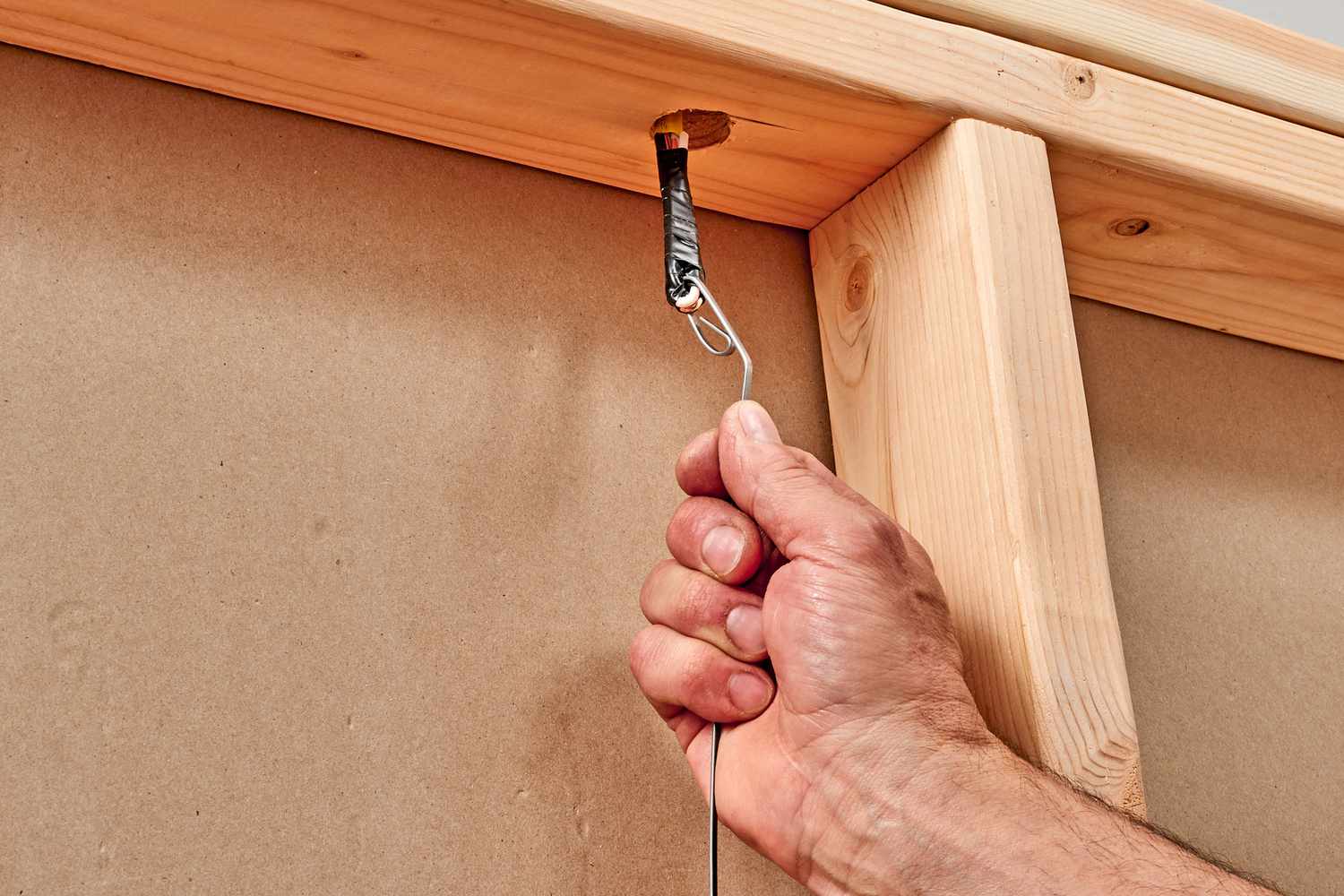
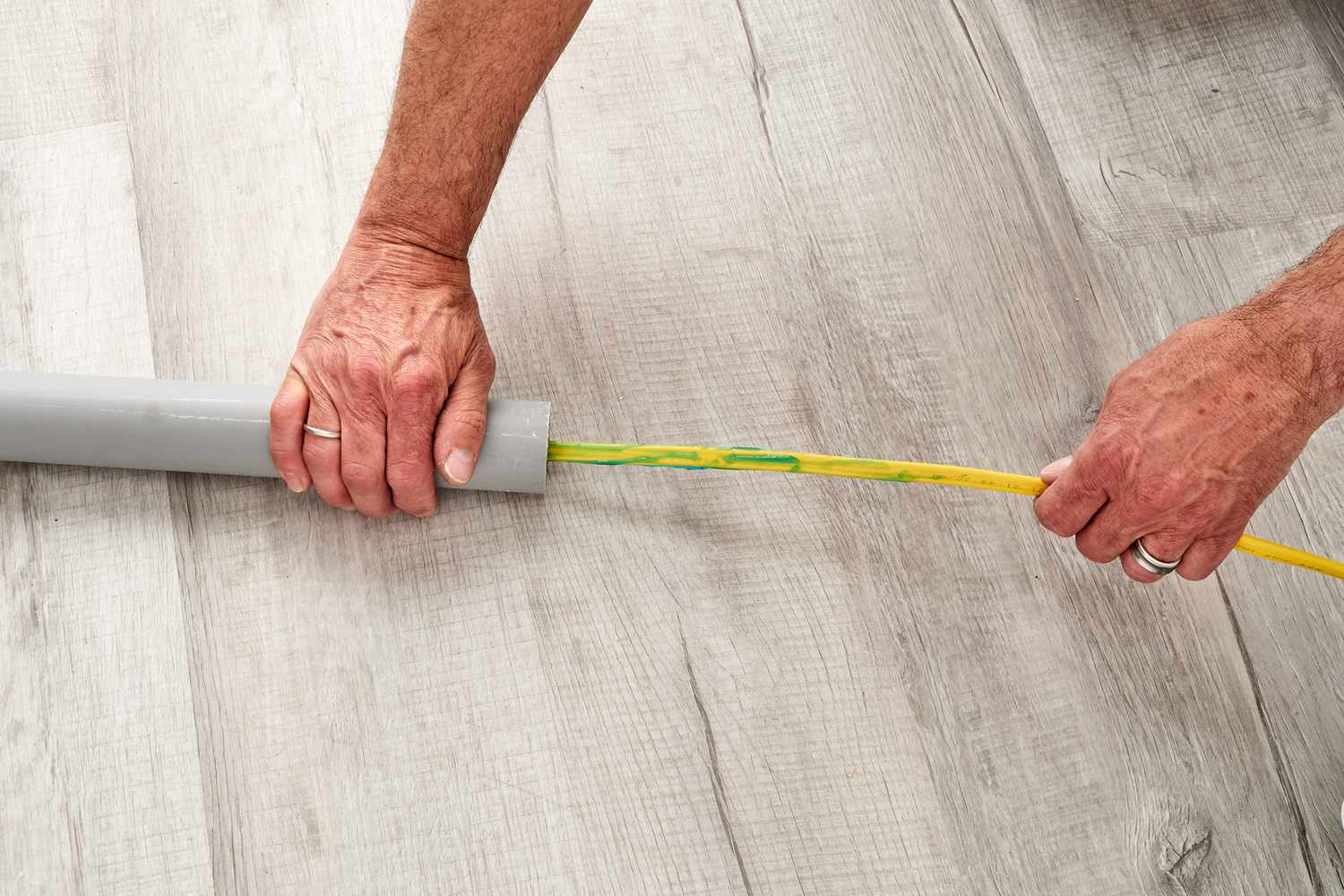
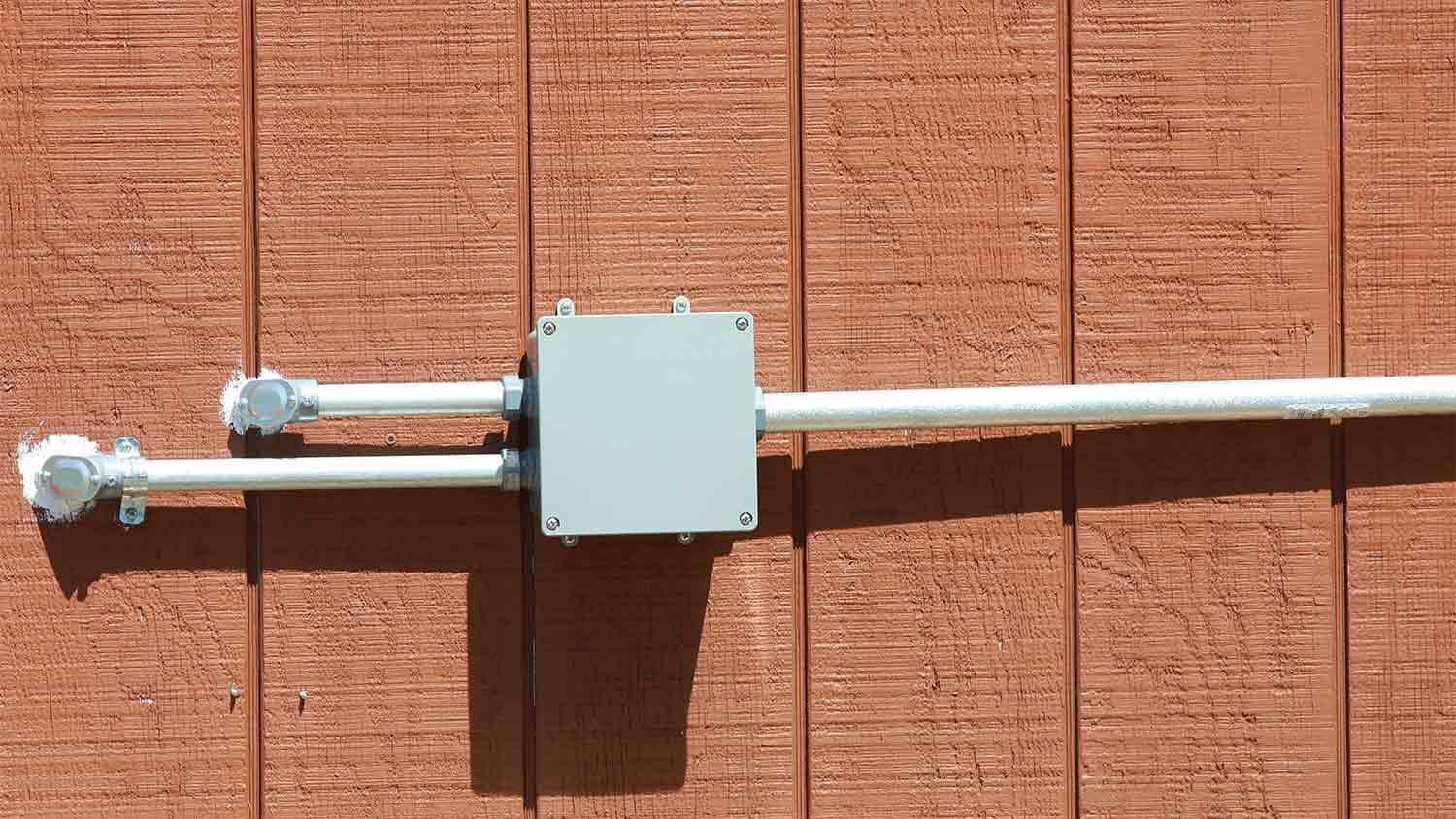
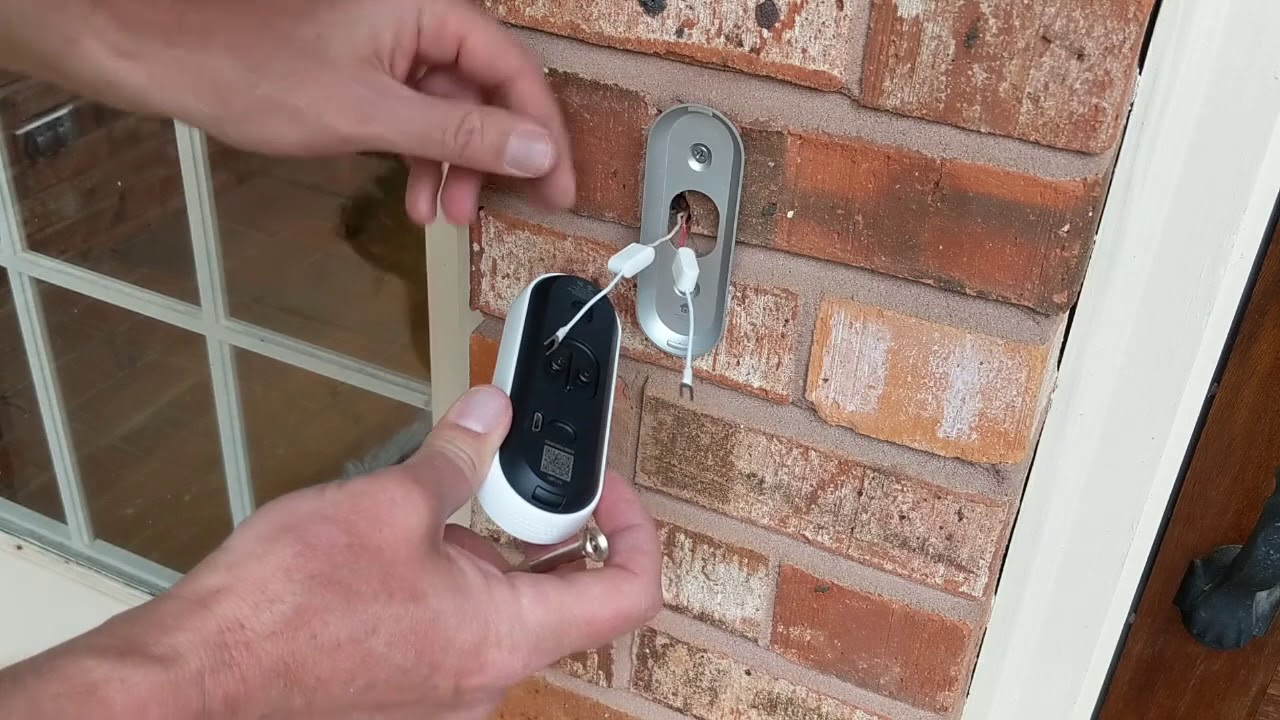
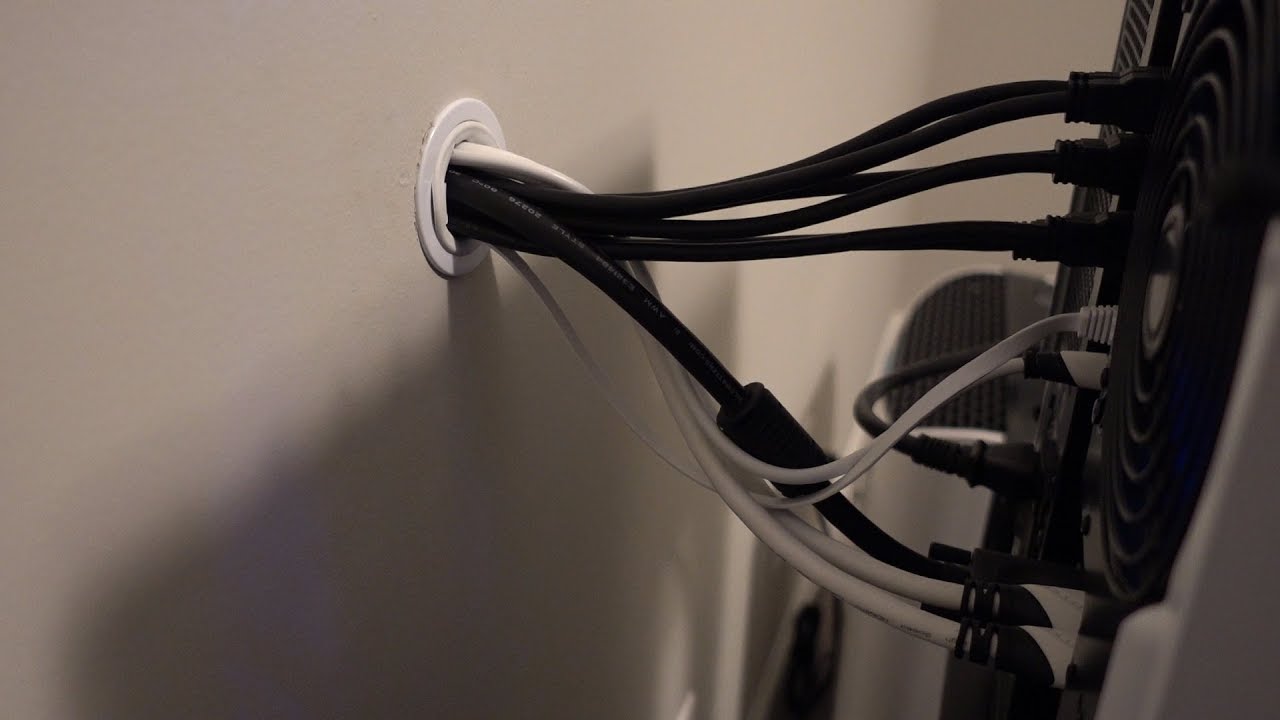
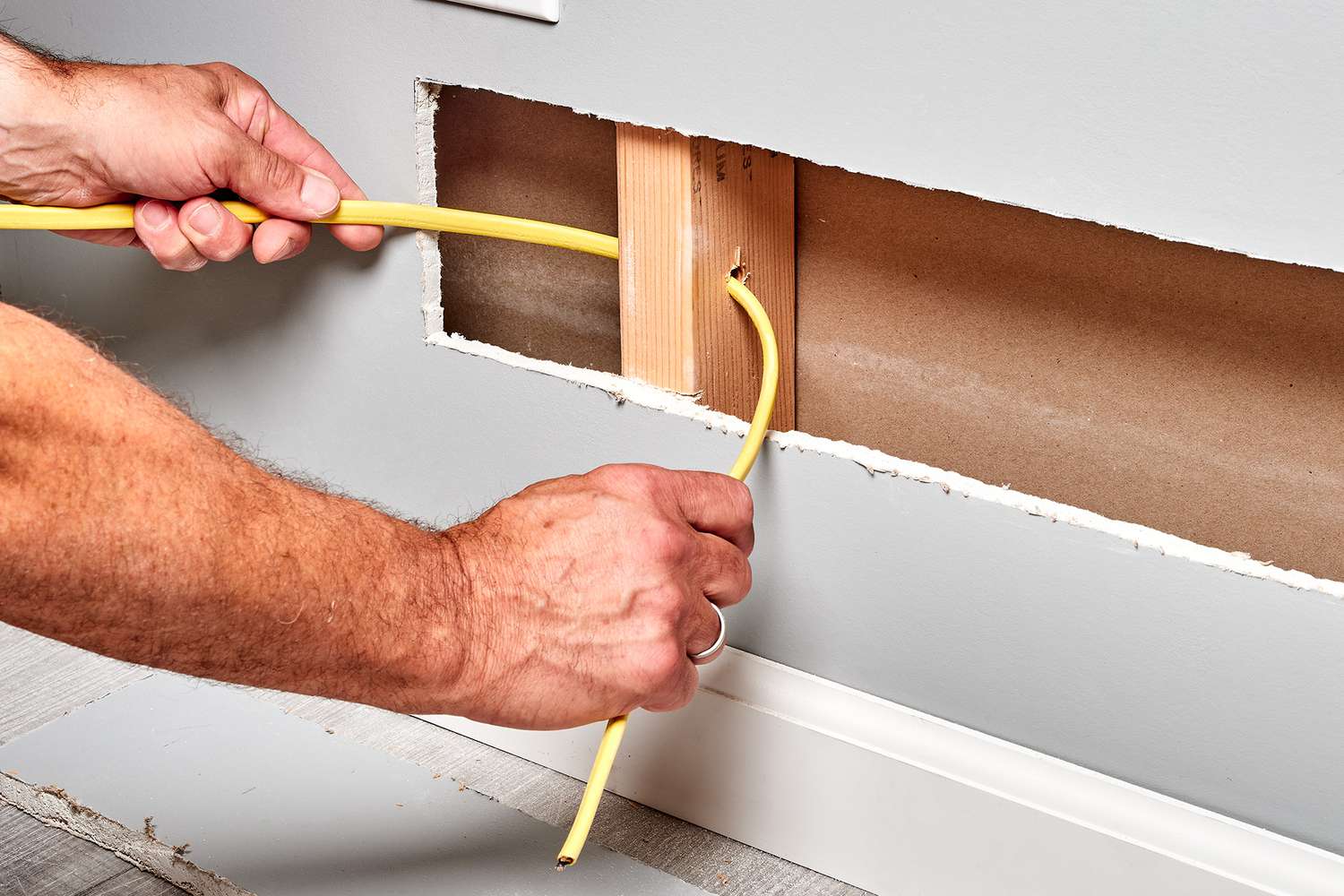
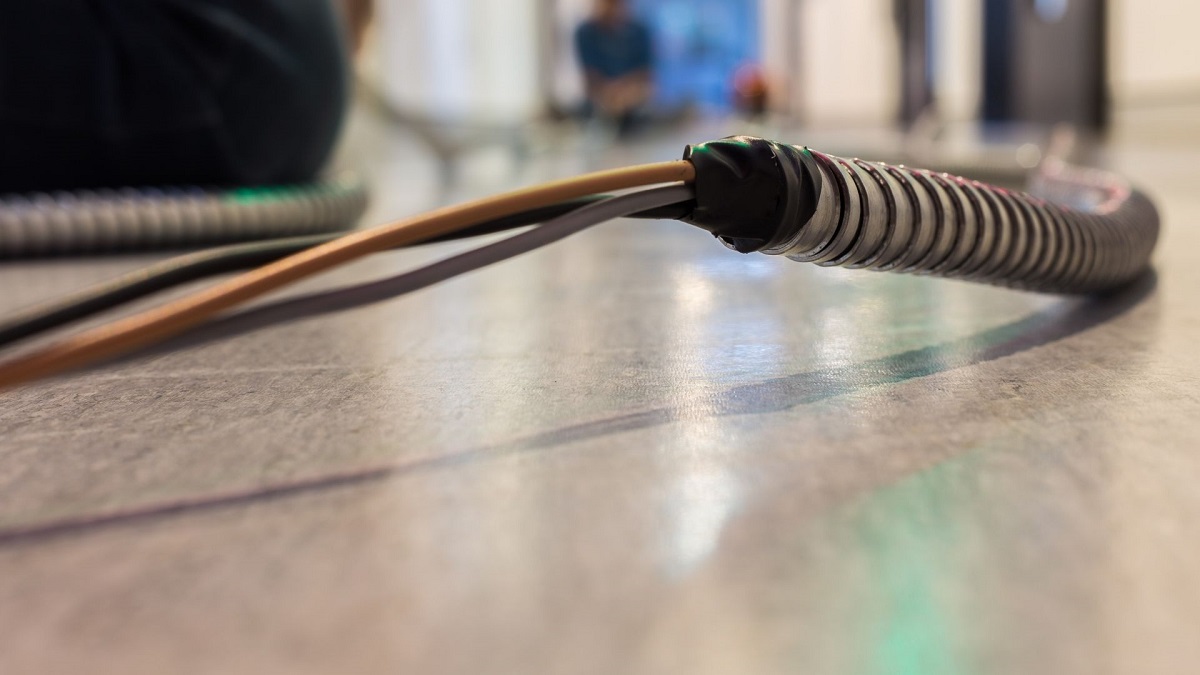
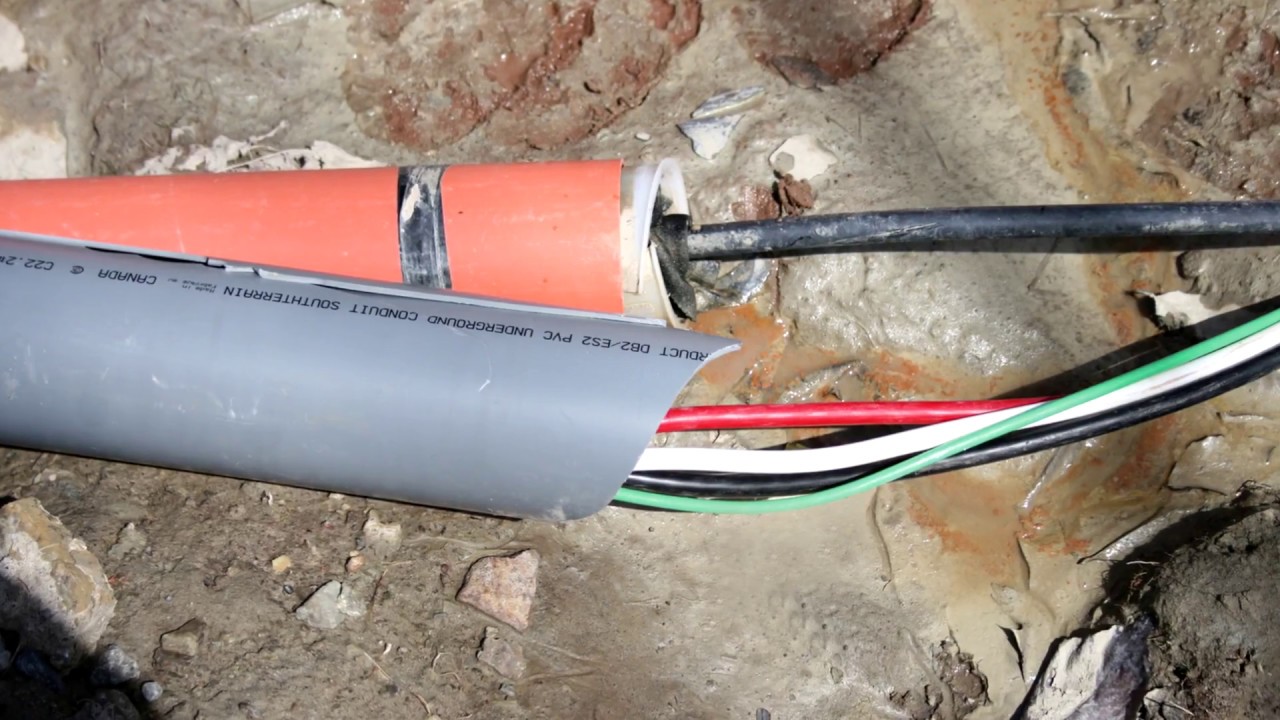
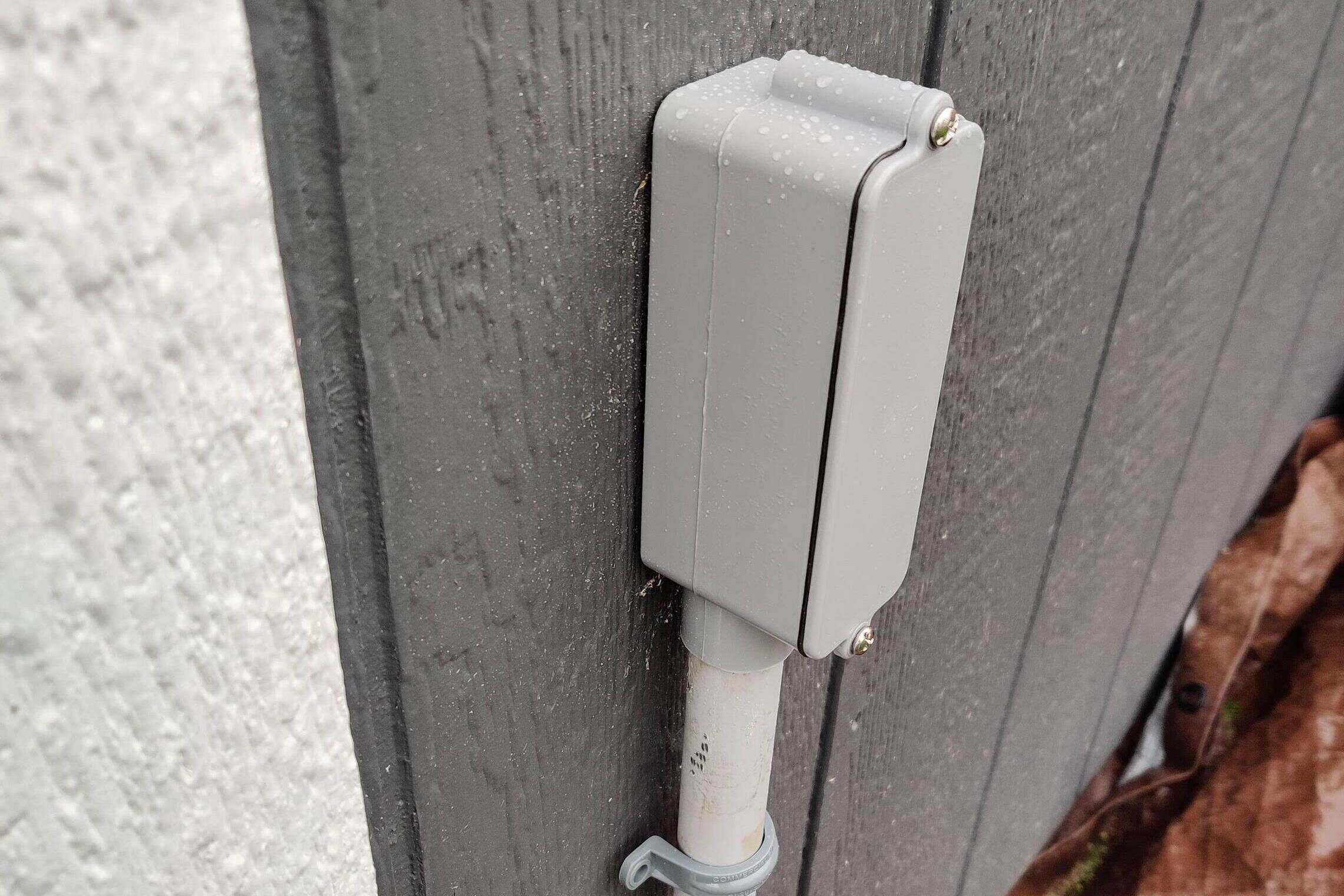
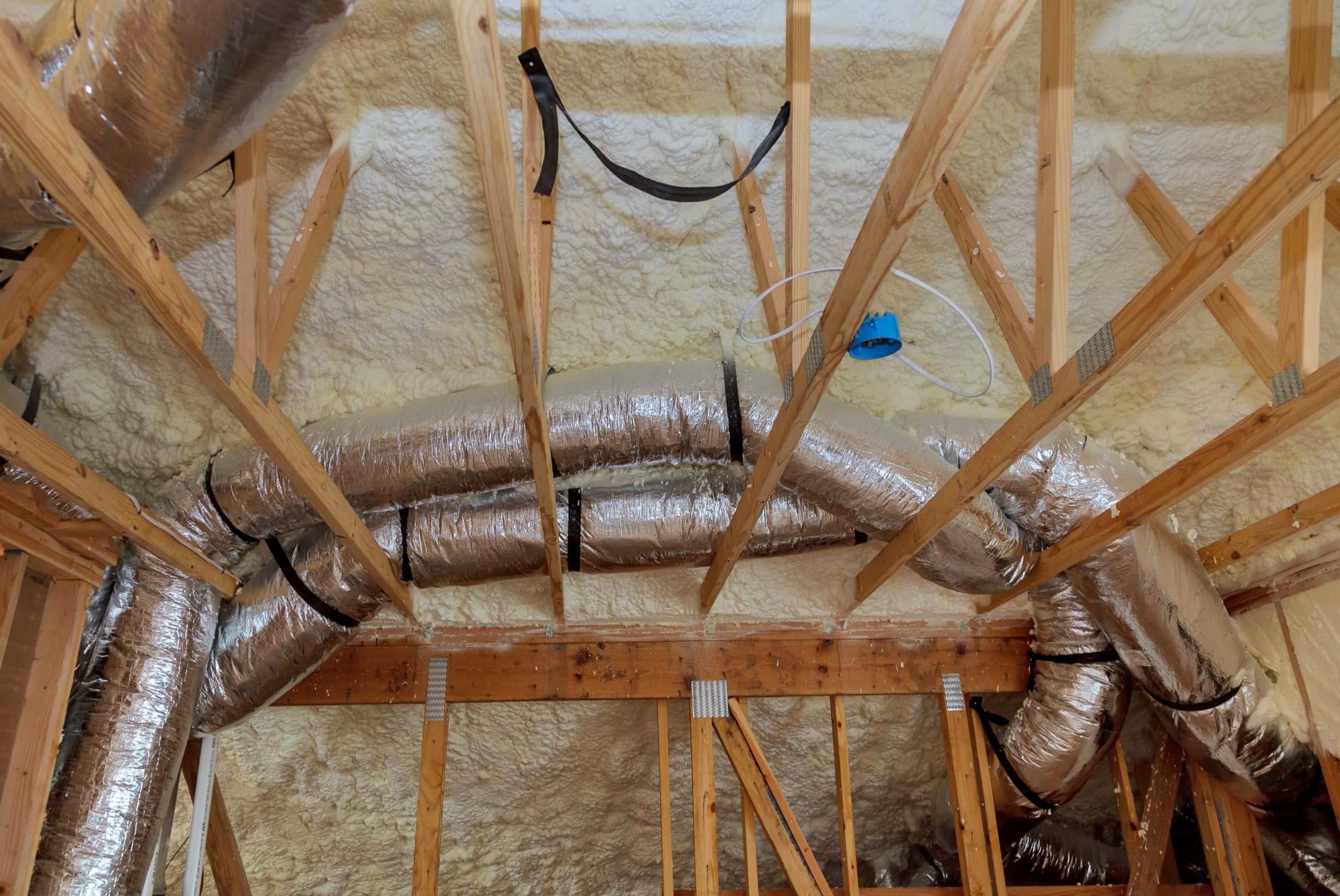
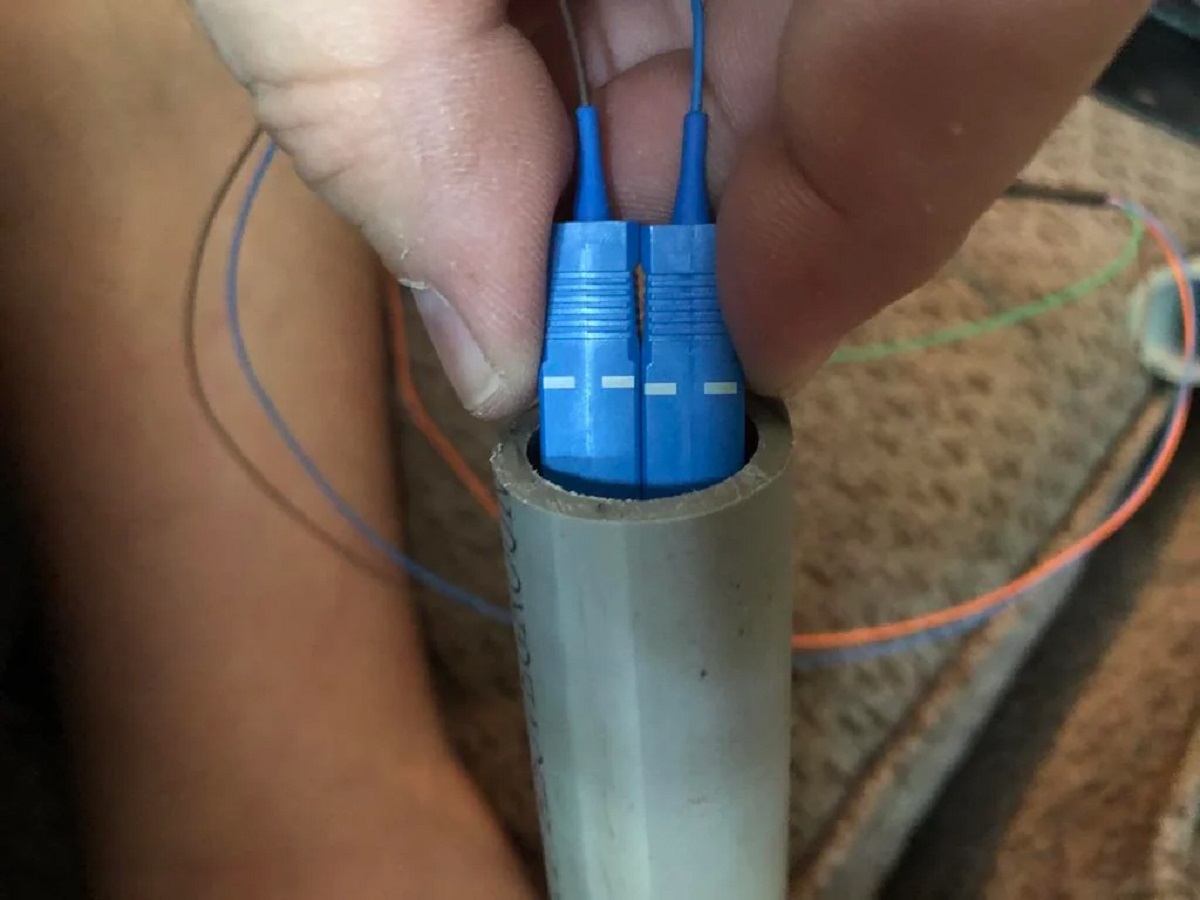
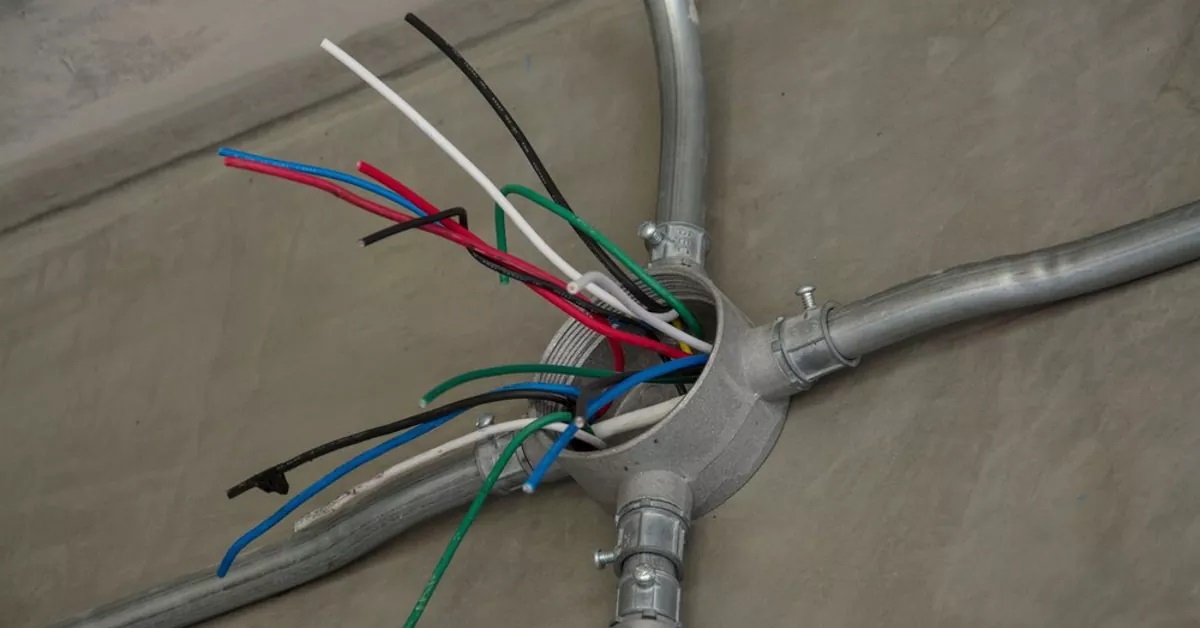
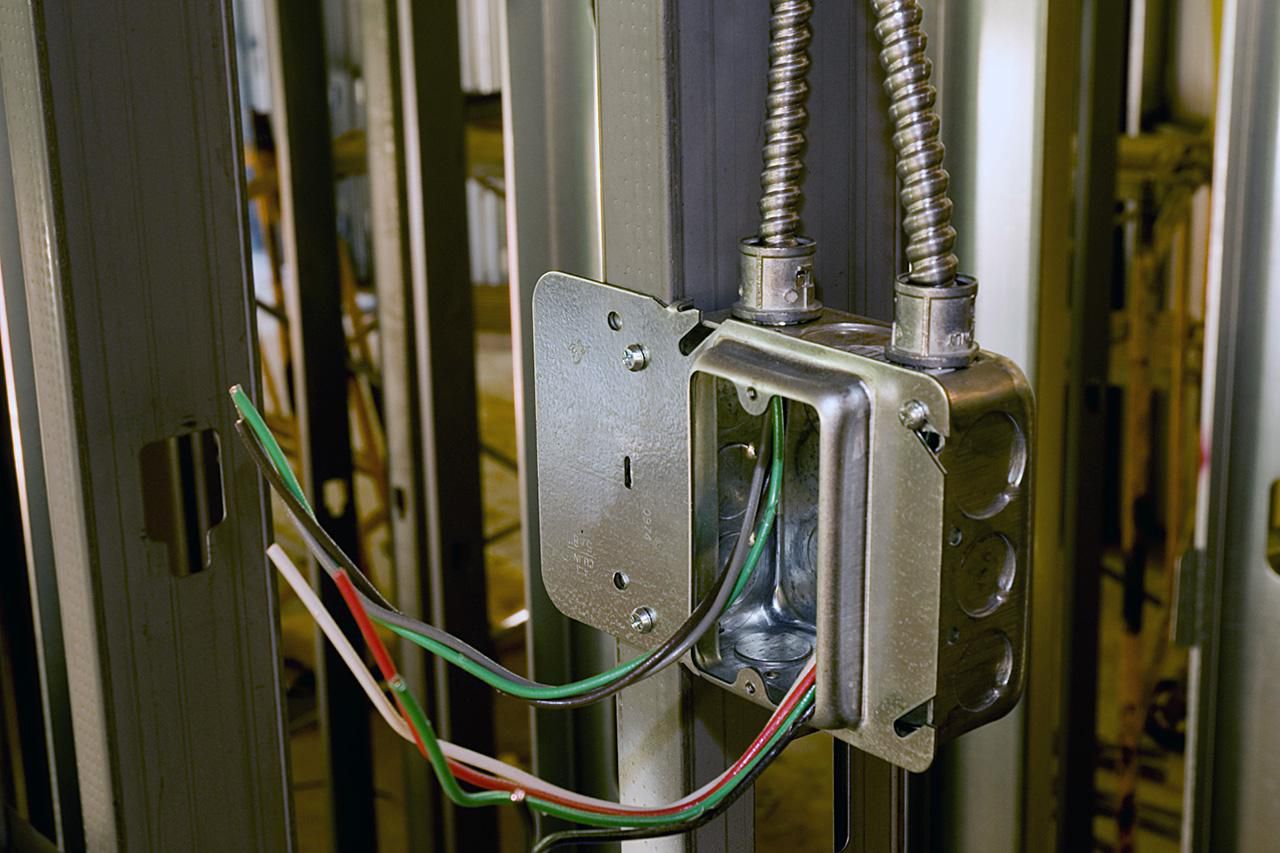
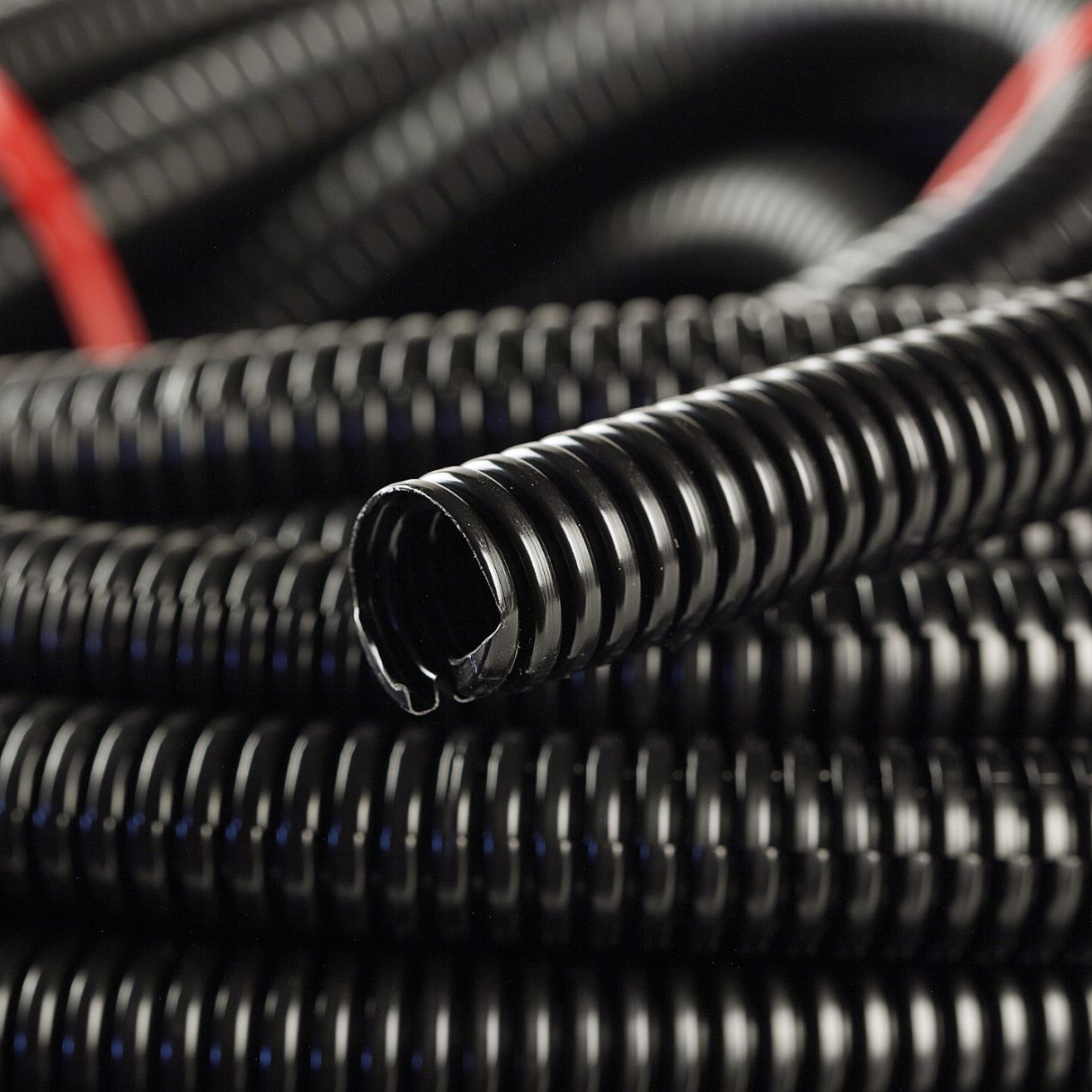

0 thoughts on “How To Fish Wire Through Conduit”